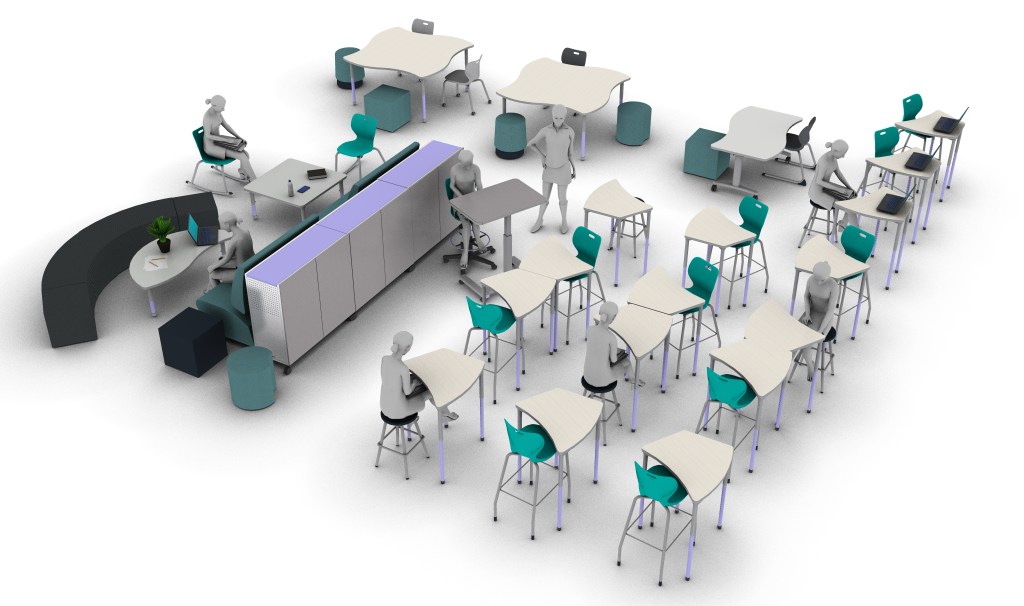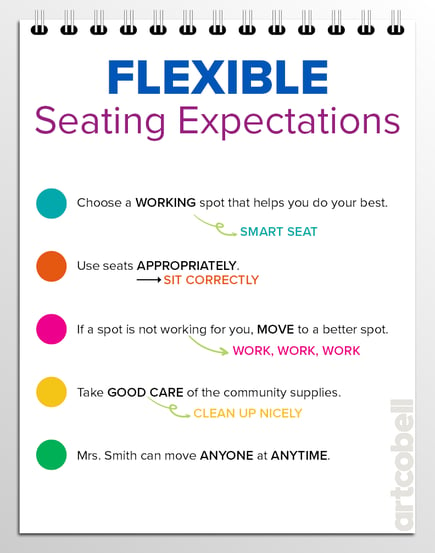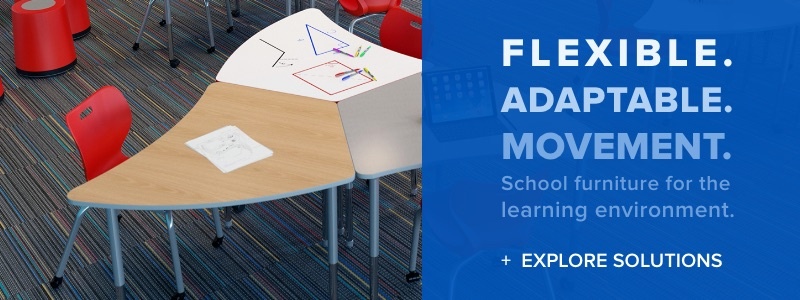As children’s brains are developing, they are constantly going through stages of metacognition, which is the ability to self-direct ideas, beliefs, values, and abilities toward attaining a goal. Learners can improve their cognitive development when they receive explicit teaching and practice in the areas of goal setting, monitoring performance, motivation, and self-evaluation.
Research shows that students who receive consistent, research-based instruction and modeling by a teacher are able to strengthen their cognitive regulation, which in-turn leads to better academic performance and greater success in school. These benefits open doors to post-secondary opportunities, allowing students to further their education, vocational, or employment opportunities.
Essential to helping teachers strengthen their students’ cognitive regulation is the ability to create the right learning environment, which enables students to effectively learn and practice their new skills. In this blog, we'll look at the classroom setup and how you can use it to promote cognitive development in your students.
Promote Cognitive Development With Helpful Tips for Classroom Setup
When it comes to developing metacognition, it’s important you allow your students time to learn a variety of skills. Employ these helpful tips to create a relevant learning experience for your students through the use of an effective classroom setup.
- Organization and goal-setting skills - Create individual workspaces and give students time to use a calendar or an academic planner to track assignments and record goals. Have them write reflections on why and how they performed on the latest assessment and set goals for their next classroom assignment. Use markerboard tables to capture your student's thinking and provide them with meaningful feedback.
Additional Resource: Check out these classroom layout ideas, which include markerboard surfaces in "Solutions for Learning Spaces."
- How to demonstrate their knowledge of content - Another way to improve your students’ cognitive development is to use markerboard top desks so students can “show what they know” and receive immediate feedback from the teacher or their peers. Have students discuss and model their thinking, describing how they came up with their answer.

- The importance of ownership - Give students ownership within the classroom and provide them choices. Allowing students to make choices in the classroom encourages them to take ownership of their level of success. When it comes to classroom setup, give your students the choice to pick a seat and allow them to decide how they can best focus and engage in the lesson. Include your students in the conversation when creating your classroom expectations. Together, you can develop directions that are explicit and support the individual needs of all of your students.

The Importance of Promoting Cognitive Development
It’s important to help learners build their cognitive and metacognitive skills for many reasons. It allows them to think effectively and independently and encourages them to take charge of their own learning. Providing your students with time and activities (as well as various classroom classroom setup options) allows them to master many fundamental skills, like the ability to organize, problem-solve, monitor progress, and recognize when to make a change. In-turn, these skills help develop your students’ cognitive development and promote future academic and vocational success.
To discover more resources on social emotional learning and gain tips on how to implement other effective classroom strategies, enjoy the rest of the blogs in the SEL series here.

